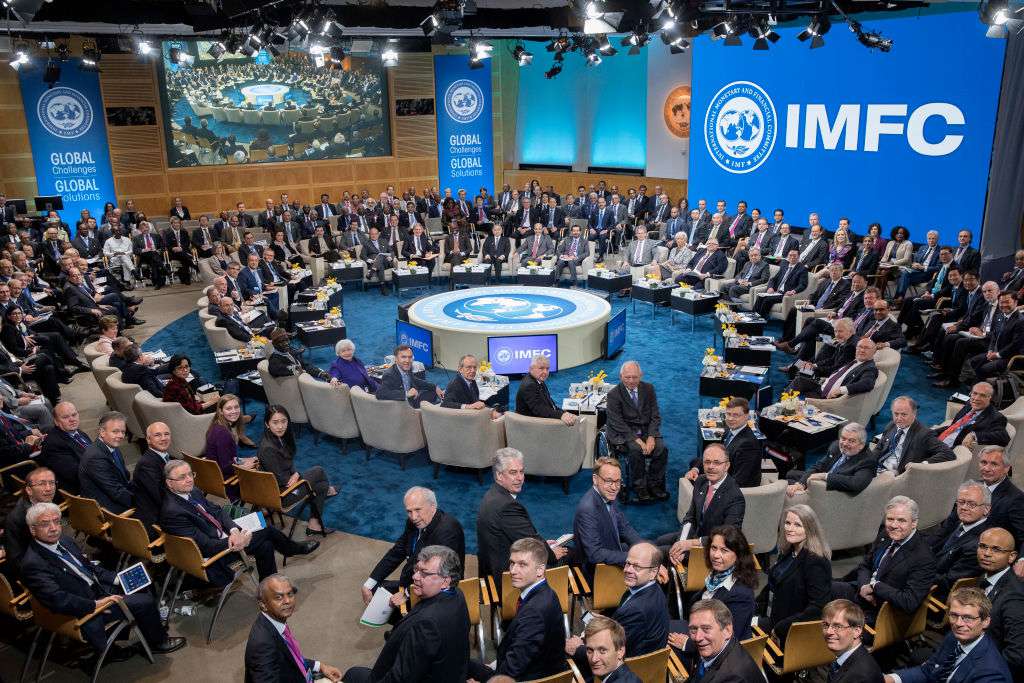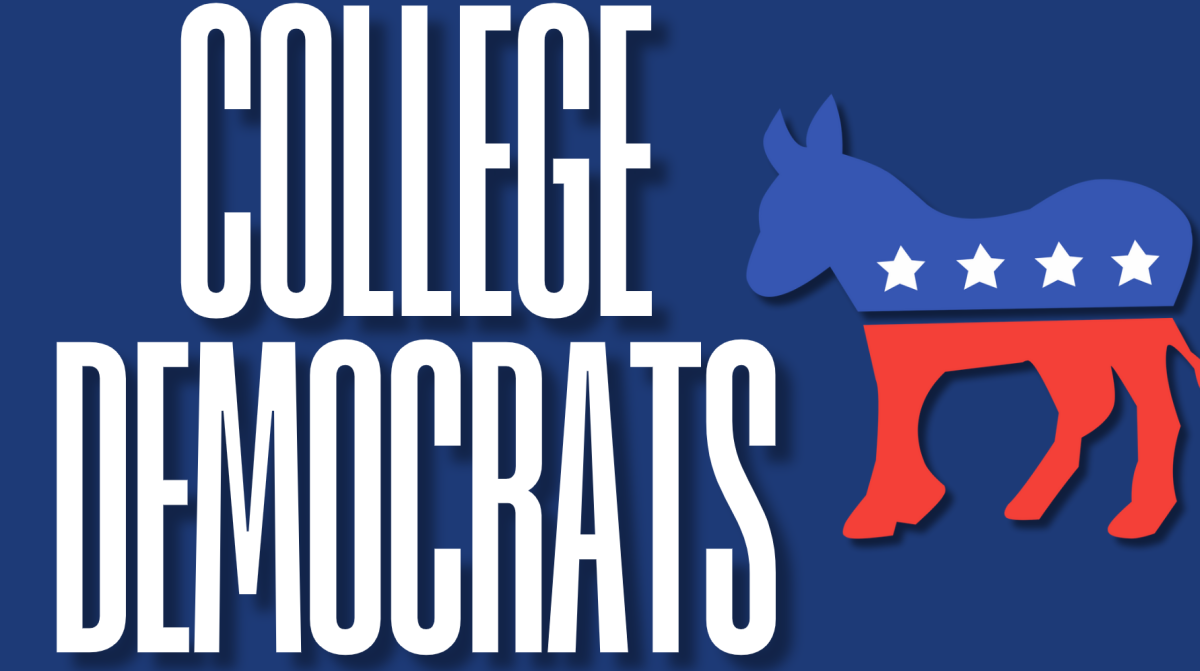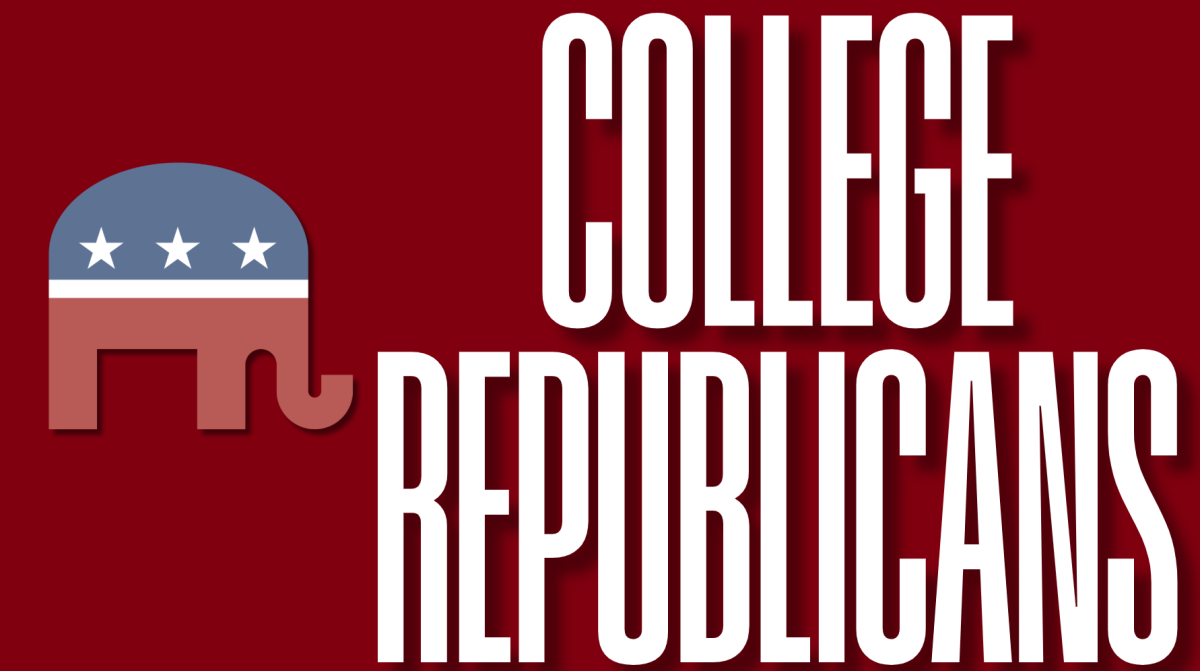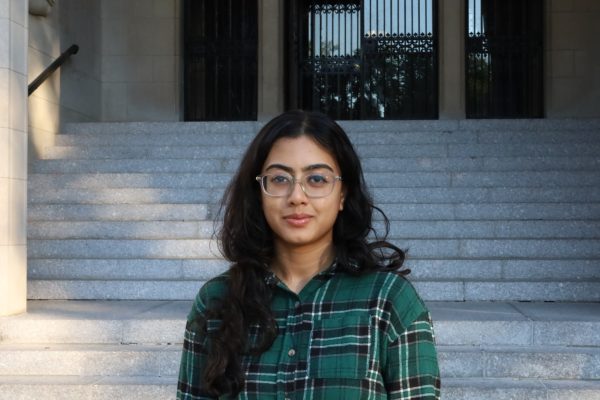The International Monetary Fund (IMF) and World Bank are international institutions created after World War II to aid countries with their funds and boost their economies. The IMF monitors changing economic conditions and stabilizes currency values and rates of exchange, while the World Bank works with developing countries to fund risky and/or expensive development projects. It also provides advice to these countries on how best to boost their economy and organize their domestic and international economic affairs. While the IMF and World Bank do point to cooperation in a time of increased globalization, they also attract attention due to how they help developing countries. Many of these practices, along with the structure of the IMF and the World Bank, perpetuate neo-colonist ideas.
In examining the structure of the IMF and World Bank, you will find that “the head of the World Bank is an American and the head of the IMF is a non-American, in practice always a Western European”— individuals who fail to represent the developing countries that require the most aid. In the case of the IMF, voting power is “severely imbalanced in favor of the US, European countries and Japan,” and only the U.S. has veto power. Additionally, in the IMF, each member country has a governor and alternate governor that meet once a year, but everyday work is done by representative members of states known as executive-directors who serve on the Executive Board. Each executive-director represents a country or group of countries. However, there is biased representation of member countries regarding executive-directors because “only the largest member countries — the United States, Germany, France, Japan, the United Kingdom, Saudi Arabia, Russia, and China — are directly represented by their own executive-director,” while “21 Anglophone African countries, at least 11 of which have an intensive-care relationship with the institution…are represented by a single executive-director and have a voting share of 3.26 percent.” The division of voting power and the structure of the IMF and World Bank point to a more Western-leaning leadership and underrepresent the developing countries that need the most help from the IMF and World Bank. The unbalanced structures of the IMF and World Bank introduce bias into their practices of lending money.
This can be particularly seen with the conditions the IMF and World Bank attach to their funding agreements. Both the IMF and World Bank have utilized structural adjustment programs (SAPs), which include various economic reforms that a country must follow in order to receive a loan. SAP reforms can include “devaluing their currencies to reduce balance-of-payments deficits, cutting public sector employment, subsidies and other spending to reduce budget deficits, and privatizing state-owned enterprises and deregulating state-controlled industries.” While SAPs are intended to make a country’s economy more competitive and open to free trade, they can often have the opposite effect, with many countries experiencing a lowered standard of living due to “labor legislation or amended land laws.” The conditions of SAPs can give less freedom in economic policy for developing countries that most need those loans. Additionally, the accruement of fees from these loans can affect the economy of developing countries more harshly than wealthier, developed countries, which can pile on debt and deal more easily with economic problems. The impact of debts and surcharges from loans lent from the IMF and World Bank could particularly be seen during the COVID-19 pandemic, where many developing countries paying these surcharges only vaccinated a small portion of their population, such as Egypt, Ukraine and Armenia who had “vaccinated only about a third of their populations.”
Recently, rather than SAPs, the IMF and the World Bank have utilized different practices that still exercise economic control through conditions on countries that require funds. The IMF requires countries to give a letter of intent to receive a loan which includes completion of prior actions: “quantitative performance criteria and structural benchmarks – the latter of which continues to contain structural macroeconomic policy reforms.” The World Bank also utilizes prior actions through its Development Policy Financing (DPF). In 2017, it was found that the World Bank directed 434 prior actions.
Although the IMF and the World Bank are well-intentioned in boosting global trade and the economies of developing countries, their practices and structure are rooted in neo-colonialism. While some of the IMF and the World Bank’s policies have helped some countries, overall, the conditions they require for funding weaken the policy freedom and job legislation of developing countries, who often struggle deeply to pay back surcharges for loans they took. In order for the IMF and the World Bank to improve, they need to deeply consider how to more effectively represent all member countries, especially developing countries, and consider the implications of and revise the conditions of getting a loan from these institutions.
Saisha Islam, FCRH ’25, is a biology major from New York, N.Y.












































































































































































































TEJINDER S MINHAS • Nov 1, 2023 at 6:58 pm
I beleieve most of the opinions given in the artical are wrong, heavily biased and incorrect. As the author may not know, the World Bank and IMF are lenders of last resort, interest rates are highly subsidised and terms are very liberal as compared to what the countries may receive in the open financial market. It is not uncomon to find many member governments behaving in financially and economically irresponsible manner even using corrupt practices. When they have to mend their ways under pressure from the IMF/World Bank to behave more responsibly, it hurts. The free economic and financial advice provided by the first rate experts of the World Bank/IMF alone is often worth seeking a loan from these institutions.